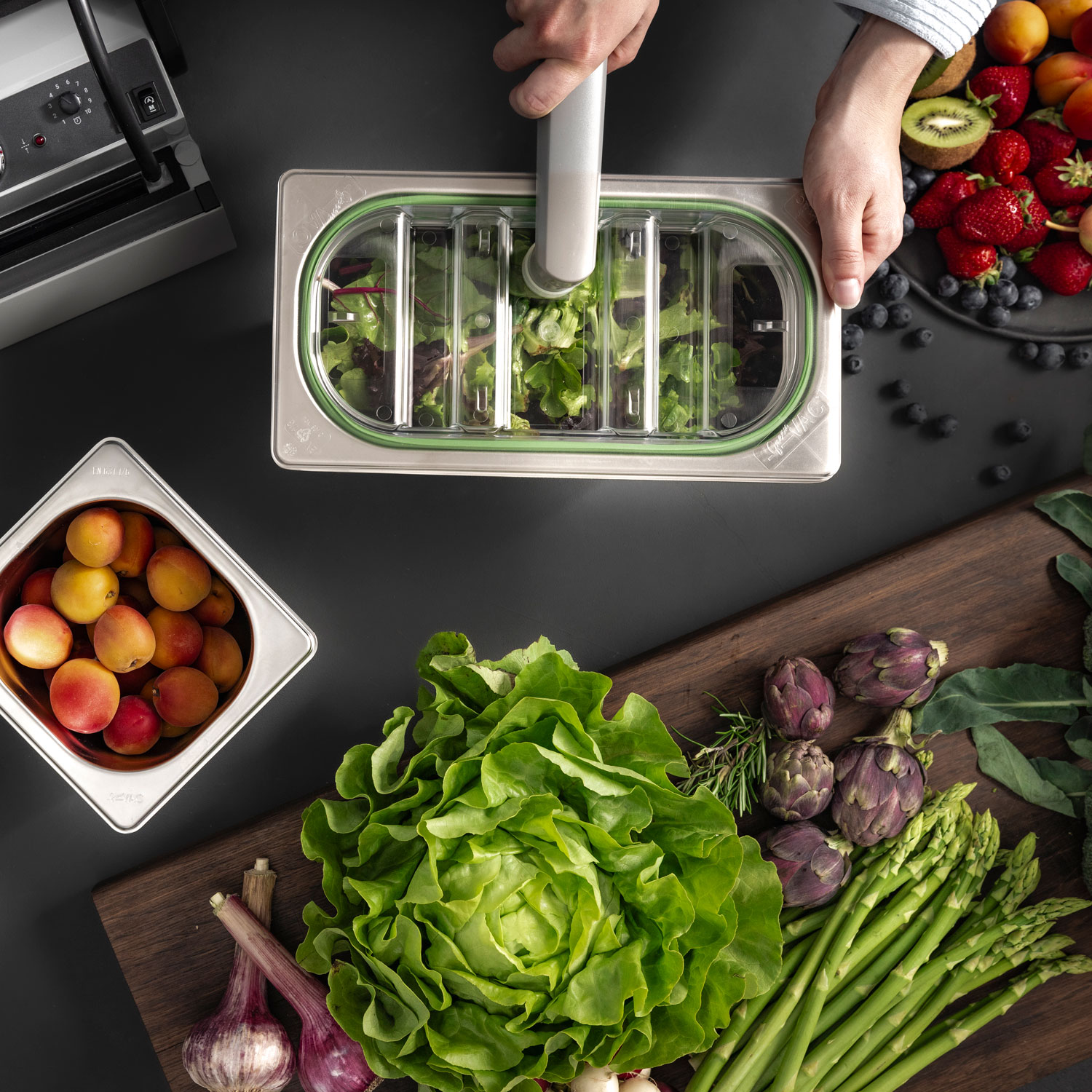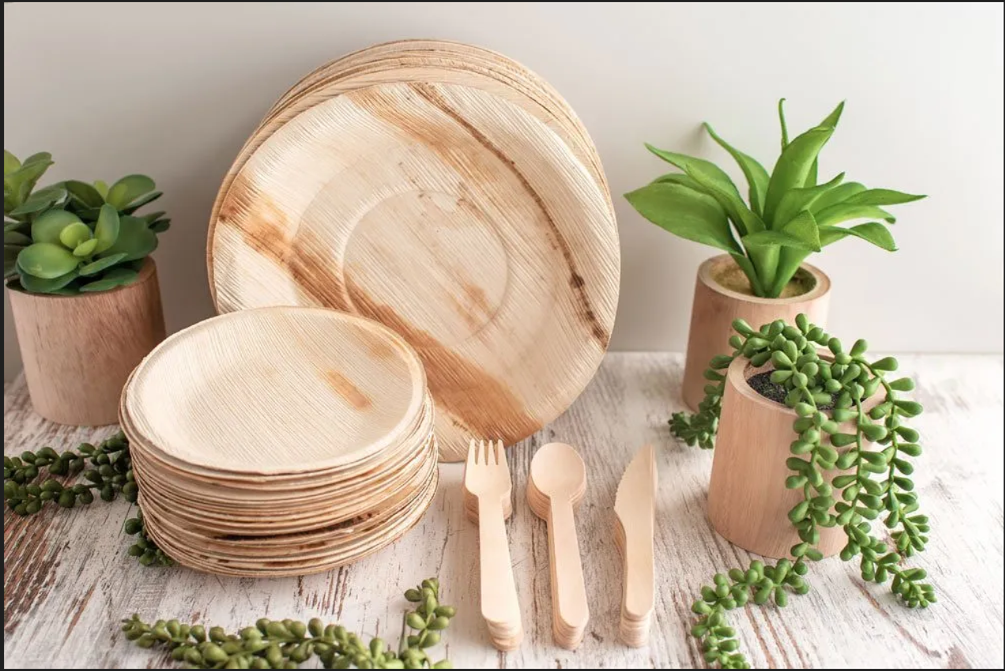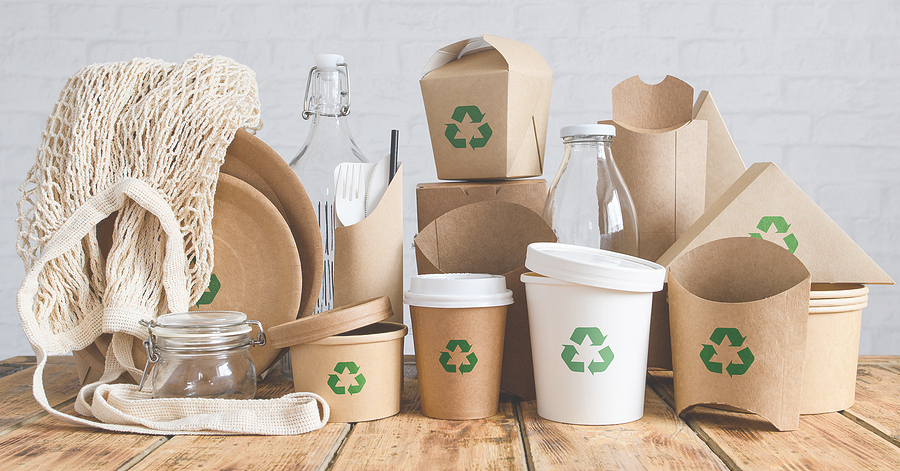
How to Properly Maintain and Clean GN Containers
Maintaining and cleaning GN containers is essential for ensuring hygiene, durability, and optimal performance. In this guide, you’ll find clear...

Get 20€ off on your first order!
Choosing the right takeaway bowls can be overwhelming, especially when safety and functionality are at stake. Are they truly microwave- and freezer-safe? Will they protect the quality of your food? This guide not only answers these questions but also equips you with actionable insights to make informed decisions.
By the end, you’ll know exactly how to identify the best materials, certifications, and tips to ensure your takeaway bowls meet your needs. Plus, we’ll help you tackle the next challenge: selecting complementary food service products that enhance convenience and customer satisfaction.
This isn’t just another list—it’s your step-by-step solution to mastering takeaway container selection and beyond.
For a comprehensive overview of takeaway bowls, explore our main article “Takeaway Bowls 101: How To Select The Best Ones For Your Needs”.
The material of your takeaway bowl is critical in determining its suitability for microwaves and freezers. Below is a breakdown of common materials and their suitability:
| Material | Microwave-Safe | Freezer-Safe | Key Notes |
| Polypropylene (PP) | Yes | Yes | Durable, resists warping and leaching; ideal for soups, sauces, and reheating meals. |
| Polystyrene (PS) | No | Limited | May crack in the freezer; not microwave-safe; suitable for dry snacks. |
| Paper with lining | Limited | Yes | Lining type determines suitability; good for baked goods but avoid prolonged microwave use. |
| Aluminum | No | Yes | Excellent for frozen baked goods; cannot be microwaved. |
| Glass (non-disposable) | Yes | Yes | Best for premium use; suitable for all types of food including liquids. |
For detailed insights into material selection, check “Choosing The Best Food Storage Containers For Your Needs”.
Certifications are an easy way to identify microwave- and freezer-safe containers. Look for the following symbols or terms:
For more on container safety, refer to Whirlpool’s guide on what you can and can’t microwave.

As environmental concerns grow, opting for eco-friendly takeaway bowls is becoming increasingly important. Here are some sustainable options:
By integrating sustainable practices, you can reduce your environmental footprint while maintaining the functionality of your takeaway bowls. Learn more about environmentally friendly options in our Food Service Supplies Guide.
If certifications or labels are unclear, you can test takeaway bowls to confirm their microwave and freezer compatibility. Here’s how:
For Microwave Suitability:
For Freezer Suitability:
To maximize the utility of your takeaway bowls, follow these tips:
Explore premium options in our Take Away Bowls category.
In addition to takeaway bowls, consider these related products for a complete solution:
For additional insights, explore sibling articles like “How to Choose the Right Disposable Plates for Food Service”, which provide complementary guidance on product selection.
For guidance on selecting complementary items, read “Food Service Supplies: Selecting The Right Products”.
We hope this guide has provided valuable insights into selecting the most suitable takeaway bowls for microwave and freezer use. From understanding material compatibility to recognizing essential certifications, you now have the knowledge to make informed choices for both safety and functionality. Whether you’re running a food service business or enhancing your meal prep routine at home, our goal is to support your needs every step of the way.
For more on takeaway bowl selection, revisit “Takeaway Bowls 101: How To Select The Best Ones For Your Needs”.
Need help finding the perfect containers or advice on pairing them with other food service essentials? Don’t hesitate to reach out—our team is always here to ensure your satisfaction and success in every decision.
– The Droppe Team
No, most takeaway bowls are not designed for oven use due to high heat exposure. Always check the container’s specifications.
Look for containers with secure, snap-on lids and test them with liquid before using them for storage or transport.
Not necessarily. While BPA-free ensures safety from harmful chemicals, always verify the container’s microwave compatibility.
Some materials like polypropylene (PP) are reusable if cleaned properly, but others may degrade with repeated use.
Check if the material is recyclable in your area. Compostable bowls are an eco-friendly alternative for disposal.
Thank you! You've signed up for our newsletter.



















Maintaining and cleaning GN containers is essential for ensuring hygiene, durability, and optimal performance. In this guide, you’ll find clear...

Are you struggling to decide between paper, plastic, or compostable disposable plates? The material you choose directly impacts your events...

Looking for the right Food Service Supplies for your business? Whether you’re in food service, catering, or hospitality, this guide...

Maintaining and cleaning GN containers is essential for ensuring hygiene, durability, and optimal performance. In this guide, you’ll find clear...

Are you struggling to decide between paper, plastic, or compostable disposable plates? The material you choose directly impacts your events...

Looking for the right Food Service Supplies for your business? Whether you’re in food service, catering, or hospitality, this guide...
Get 20€ off on your first order!
Save 30% by buying directly from brands, and get an extra 10€ off orders over €100
Save 30% by buying directly form brands, and get an extra 10€ off orders over €100